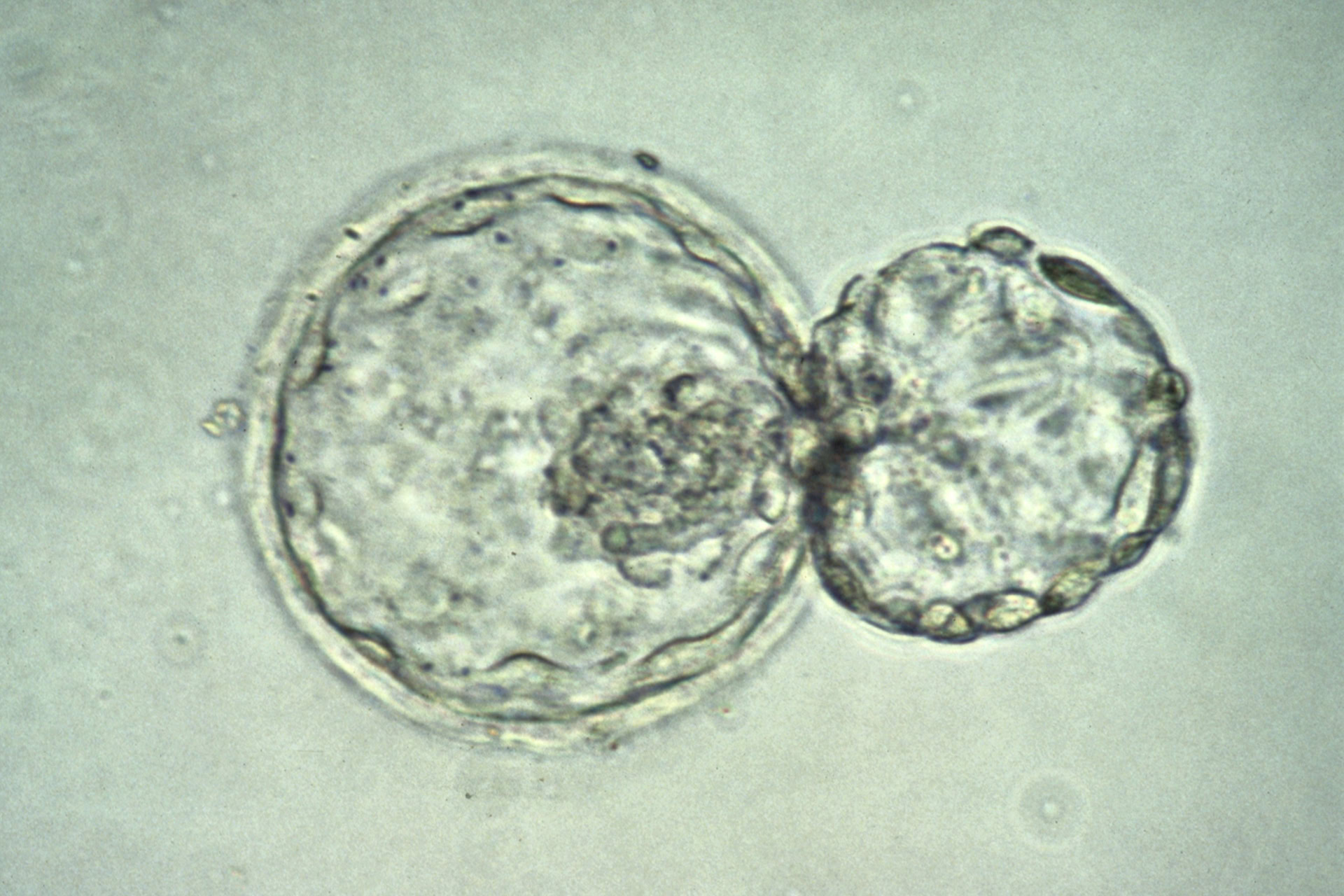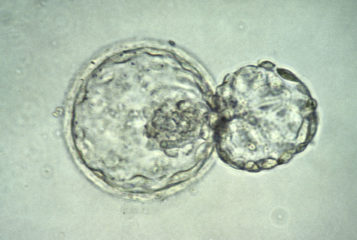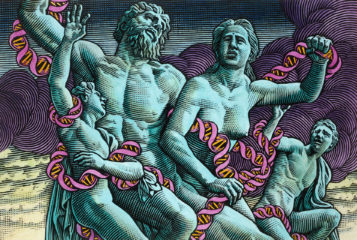Researchers have successfully turned stem cells into 'totipotent' cells, with characteristics resembling those of fertilised eggs.
This is the first time that stem cells with the capacity to generate all cell types have been created. The researchers say it could broaden the range of tissues that can be generated from stem cells, paving the way for new applications in regenerative medicine.
Scientists have so far used two types of stem cells – embryonic stem (ES) cells, harvested from animal or human embryos, and induced pluripotent stem (iPS) cells, which have the characteristics of ES cells but which are created from cells that have already developed into cells with specific functions.
But these ES and iPS cells lack the capacity to generate extra-embryonic tissues that support the growth of an embryo – such as the placenta and yolk sac.
'The unique developmental potential of a zygote, formed right after the sperm and egg meet, is very, very difficult to study, due to limited materials and the lack of a cell-culture experimental system,' said Dr Lin He of the University of California, Berkeley, senior author of the study, which was published in Science.
The team obtained ES and iPS cells from mice genetically modified to be missing one single microRNA, miR-34a – a small piece of non-coding DNA that helps decide which genes are turned on or off in the cell. The iPS and ES mouse cells lacking miR-34a formed both embryonic and extra-embryonic tissues, with around 20 percent of ES cells showing this ability.
'What is quite amazing is that manipulating just a single microRNA was able to greatly expand cell fate decisions of embryonic stem cells,' said Dr He. 'This finding not only identifies a new mechanism that regulates totipotent stem cells, but also reveals the importance of non-coding RNAs in stem cell fate.'The researchers also noted that the loss of miR-34a led to an increase of a specific family of retrotransposons – DNA sequences that had long been regarded as 'junk DNA', with no clear biological function.
'An important open question is whether these retrotransposons are real drivers of developmental decision making,' said Dr Todd Macfarlan of the National Institute of Child Health and Human Development in Bethesda, Maryland, and co-author of the study.
Sources and References
-
Researchers Reprogram Embryonic Stem Cells To Expand Their Potential
-
Stem Cells Broaden Potential If Deprived of miRNA
-
Scientists reprogram embryonic stem cells to expand their potential cell fates
-
Embryonic Stem Cells Reprogrammed to Expand their Potential Cell Fates
-
Deficiency of microRNA miR-34a expands cell fate potential in pluripotent stem cells







Leave a Reply
You must be logged in to post a comment.